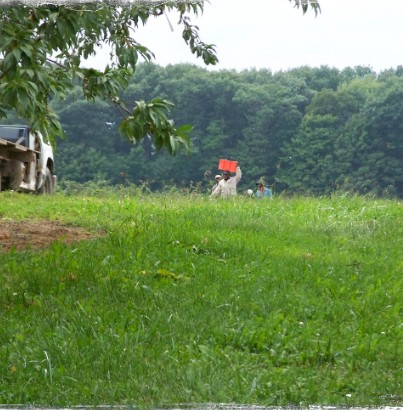Most migrant workers in Niagara are from Mexico and the Caribbean, and come to Canada under the Seasonal Agricultural Workers Program (SAWP).
What is SAWP?
The Seasonal Agricultural Worker Program (SAWP) is a Canadian government program that was introduced by the Pearson government in 1966 between Canada and Jamaica, but has since expanded to include Mexico and numerous Caribbean countries.
The SAWP is operated by the federal Ministry of Human Resources and Skills Development Canada, in Partnership with the Ministry of Citizenship and Immigration and the governments of the country of origin of the workers.
SAWP is intended to allow Canadian farm employers to hire workers from Mexico and the Caribbean on temporary visas when employers are unable to hire local workers to fulfill their labour demands.

How SAWP Works
The program, administered jointly by Employment and Social Development Canada with Citizenship and Immigration Canada, is available to those who are at least 18 years of age, are from one of the participating countries, qualify under the immigration laws of the sending country and agree to the employment contract.
Those workers are eligible for the Canada Pension Plan and certain Employment Insurance benefits (excluding "special benefits" such as maternal, parental and compassionate care benefits and generally, from collecting EI). Workers are also subject to income tax laws.
Learn More About SAWP ›
Other workers come from countries such as Guatemala, the Philippines and Thailand through other streams of Canada's Temporary Foreign Workers Program, including its Stream for Lower-skilled Occupations, also known as the Low-Skill Pilot Project (LSPP), in place since 2002, and a specific Agricultural Stream, in place since 2011.
Ontario brings in the highest number of migrant workers in Canada and the Niagara Region has the second highest concentration of workers in Ontario.